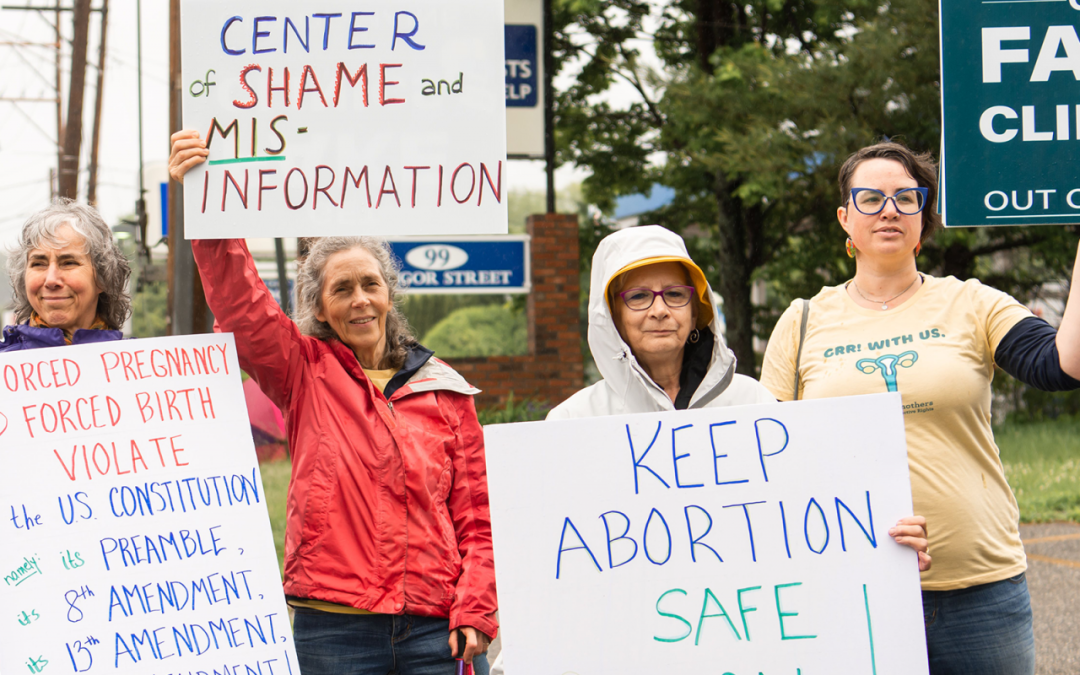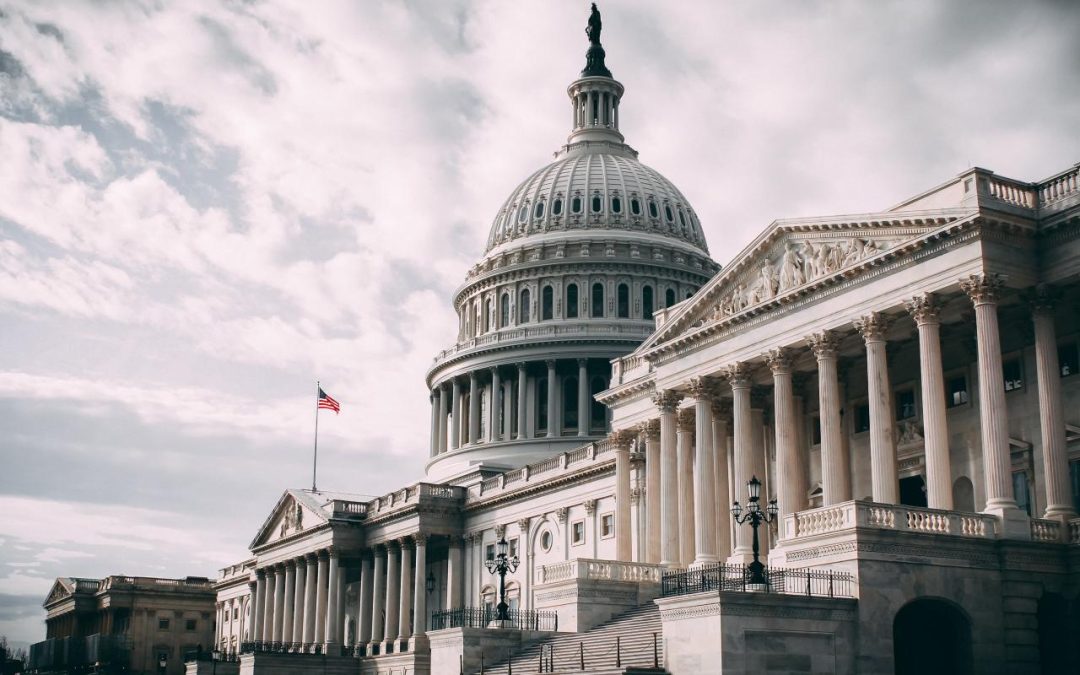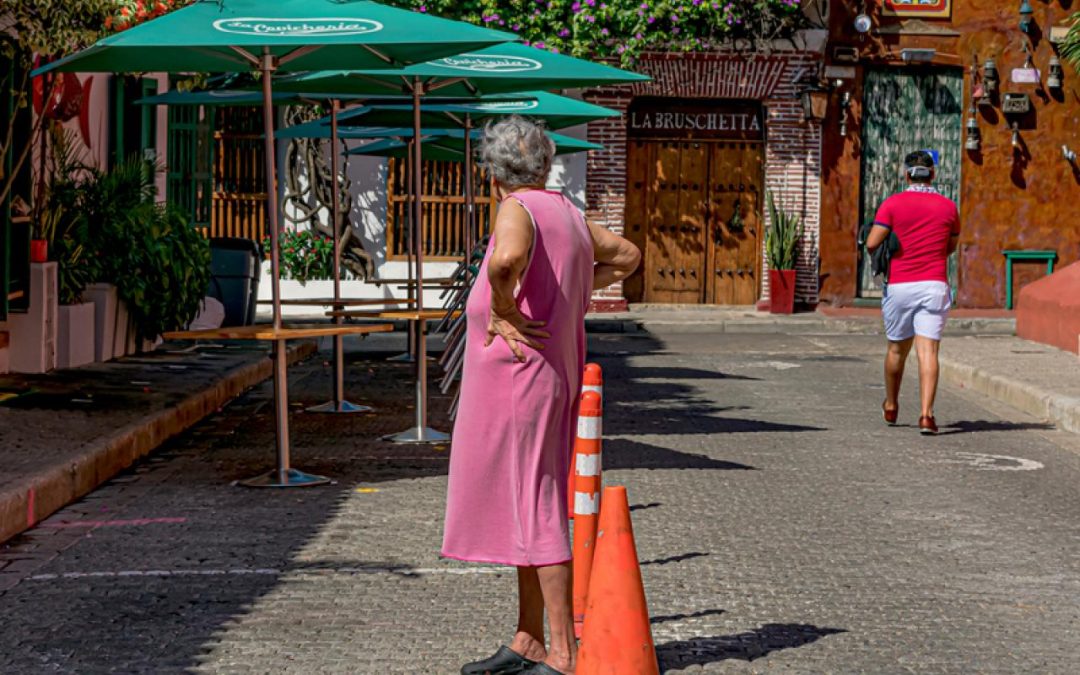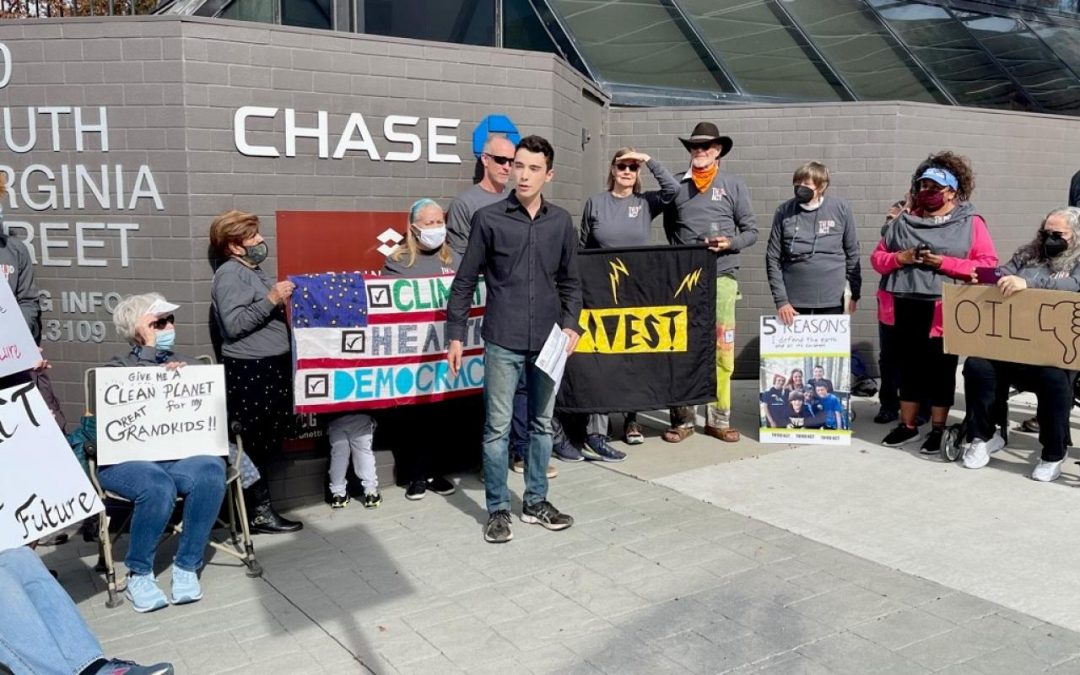Broadband connection for older adults in the U.S. is only 64%, making it nearly impossible to conduct business in the modern world.


Broadband connection for older adults in the U.S. is only 64%, making it nearly impossible to conduct business in the modern world.

Data from the Care Connections Program shows benefits for training elders to use devices for socializing and healthcare.

Join the Ageism & Culture Advisory Council in this Members Only event for tips on publicizing Ageism Awareness Day.

We’re preaching—now it’s time for the choir to sing!

The work of GRR! Is debunking anti-abortion centers, telling abortion stories and activating.

Many Indigenous elders are leading language revitalization pushes for their tribes.

Recent failures of policy-making have everything to do with pleasing corporate interests.

‘Allocating some pay toward financial security pays off in a happier, more stable workforce.’

The two stories told of older Americans don’t jibe with reality, which encompasses both scenarios, and everything in between.

NCOA’s call to action to solve a seemingly intractable economic security issue among older adults.

For the next three months, ‘many regions may expect a warmer 90-day average temperature.’

Older learners want transferable career skills four areas, including tech, communication, networking and well-being.

Take a break from vacation and get that On Aging proposal polished!

Weigh in now with ideas on how nutrition can support healthy aging, directly to the White House by July 15.

It’s time for elders to take action against the big money that supports fossil fuels.

‘The concept of a 20-minute neighborhood illustrates an approach that is both age- and eco-friendly.’

Climate justice must involve transgenerational, equitable action.

Older adults are poised to contribute to climate change actions, but advocacy organizations need to step up recruitment and improve volunteer work.

How do we successfully rewrite the generational compact?

Guest editor brings vast experience in aging to convince elders to act on climate causes.